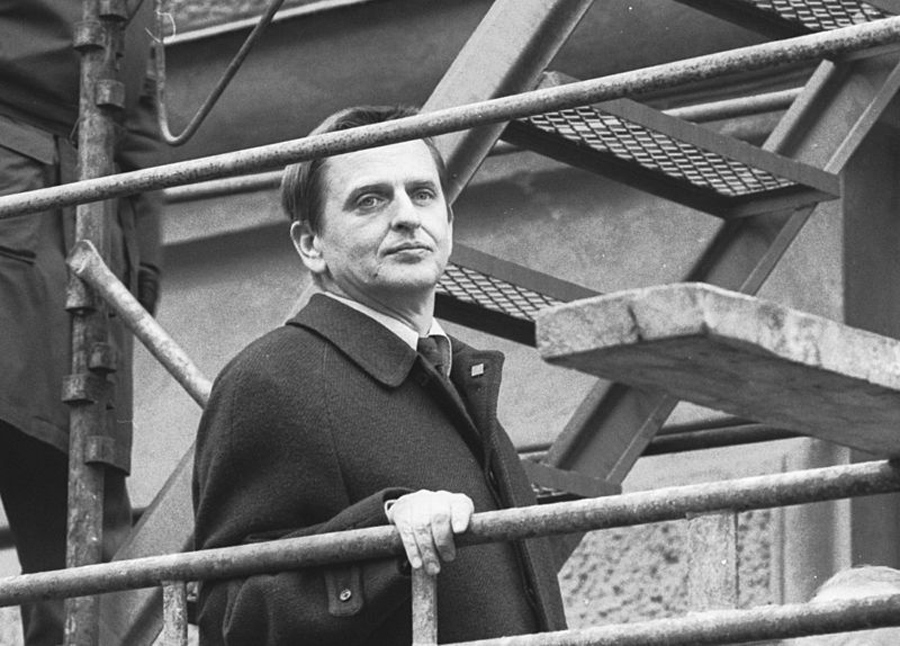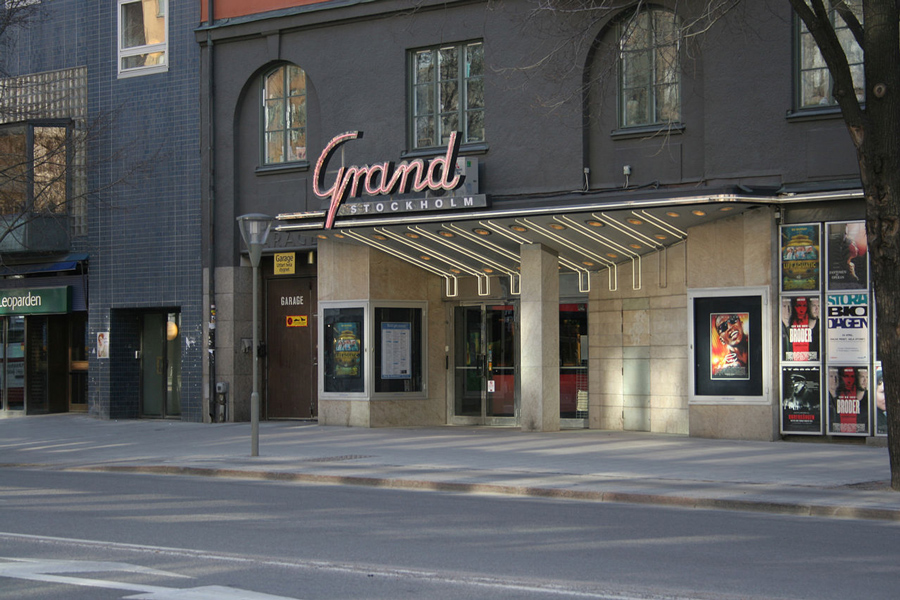Who killed the Swedish Prime Minister, Olof Palme? This has been hotly debated for years. At midnight of February 28, 1986, the Prime Minister of Sweden was assassinated. His murder was a defining moment in Swedish history. But how did something so shocking come to pass?
Lead Up to the Assassination
Despite being the Prime Minister of Sweden, Olof Palme lived his life as an ordinary man. Often, he went out without any bodyguards to protect him. This was the case on the night of his assassination.
On very short notice, Palme decided to visit the Grand Cinema. His wife, Lisbeth Palme, made plans to see a film during the afternoon while she was at work. She called Mårten Palme, her son, to discuss going to the Grand Cinema. Only after returning home at 18:30, did Olof Palme come to know about the movie plan.
However, by then, he was without any personal bodyguard protection. They left their apartment at 20:30 to go see Bröderna Mozart, a Swedish comedy movie.
A number of people saw them walking towards the Grand Cinema, without any bodyguard. On reaching the Grand Cinema, Olof Palme, his wife, his son, and his son’s girlfriend found out that almost all the tickets were sold out. The ticket clerk, however, identified the Prime Minister and decided to give him the director’s seats, the best in the theater.

After watching the film, both couples remained outside the Grand Cinema for some time. At about 23:15, they separated. Olof Palme, along with his wife, headed towards the Hötorget metro station’s northern entrance. After reaching the Adolf Fredrik Church, they crossed Sveavägen and walked towards the east side of the street.
For a while, they stopped to see something in the window of a shop. Then they crossed at the Dekorima shop, located at the corner of Sveavägen and Tunnelgatan. At about 23:21, a man came from behind and shot the Prime Minister at point-blank range. A second shot was fired at the Prime Minister’s wife. The perpetrator was last seen at the David Bagares gata, a cross street.
A witness of the event called the emergency services to report the shooting. The call, however, was misdirected, and the caller could not connect with the police. A switchboard operator of the Järfälla Taxi called the police, and passed on the message that someone was shot at the corner Sveavägen and Tunnelgatan. The emergency dispatch center then contacted the police. The operator at the emergency dispatch center, however, denied having any knowledge of the event.
Sometime later, an ambulance came to the crime scene and assisted the victims. While Mrs. Palme suffered just a minor graze, the condition of the Prime Minister was critical. The ambulance reached the hospital, however, Olof Palme was declared dead at midnight.

Investigation and murder theories
The murder case of the Prime Minister of Sweden was thoroughly investigated. The two bullets that were fired were found on the street. They were identified to be Winchester-Western .357 Magnum 158 grain metal piercing.
The bullets matched the lead fragments that were found in the clothing of the Prime Minister and his wife. The lack of specific characteristic deformations made the investigators conclude that the bullets were fired from a barrel of about 10 cm or 4 inches. The murder weapon was, therefore, most probably a large handgun.
During the investigation, nearly 500 Magnum revolvers were test-fired by the Swedish police. All the Magnum revolvers stolen at that time were tracked down, except for one: a revolver, that had been stolen in 1977 from the Stockholm home of Arne Sucksdorff, a Swedish filmmaker.
Along with the investigation, a number of theories surfaced relating to the murder of Palme. During that time, as per the Swedish laws, a murder case needed to be resolved within 25 years. In order to prevent the expiry of the case of the murder of the Prime Minister, however, the laws were changed.
In relation to the murder case, Victor Gunnarsson, a Swedish extremist, was arrested. However, he was quickly released, following a dispute between the prosecuting attorneys and the police. Gunnarsson had several connections with different extremist groups, and pamphlets hostile to the Prime Minister were found outside his house.
In December 1988, Christer Pettersson was arrested and charged for the murder of the Palme. He was a drug user, a criminal, and an alcoholic. However, he made an appeal, and was later released. The reasons for the success of Pettersson’s appeal were the lack of a proper motive for the murder, and the failure of the prosecution attorney to produce the murder weapon before the court.
According to Jan Bondeson’s Blood on the Snow: The Killing of Olof Palme, the murder of the Prime Minister had connections with the arms trade to India. Yet another theory suggested that the murder of the prime minister was due to a conspiracy of extremist right-wing police officers.
The real assassin
34 years on from the assassination, the murder mystery finally seems to be solved. On June 10, 2020, Krister Petersson, the chief state prosecutor, identified Stig Engström as the person behind the murder of Olof Palme. He is popularly known as the ‘Skandia man’, as he was an employee in the Skandia insurance company.
Evidence found strongly indicates Stig Engström’s guilt. No charges can be brought against him, however, as he committed suicide and died in the year 2000. As the murderer cannot be persecuted, the investigation of the case has been closed. However, a lack of any technical evidence has been noted.
Top image: Dangerous criminal hiding a gun. Source: Viacheslav Lakobchuk / Adobe Stock.
– By Bipin Dimiri